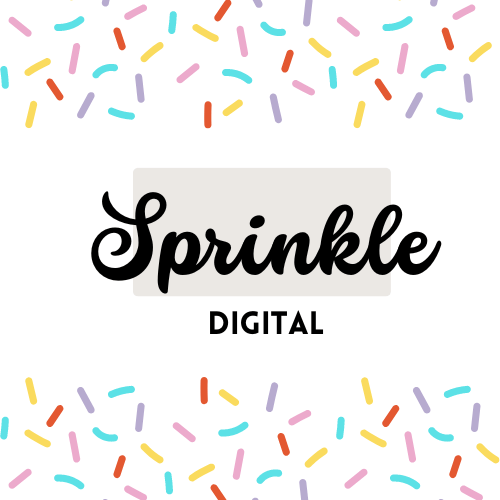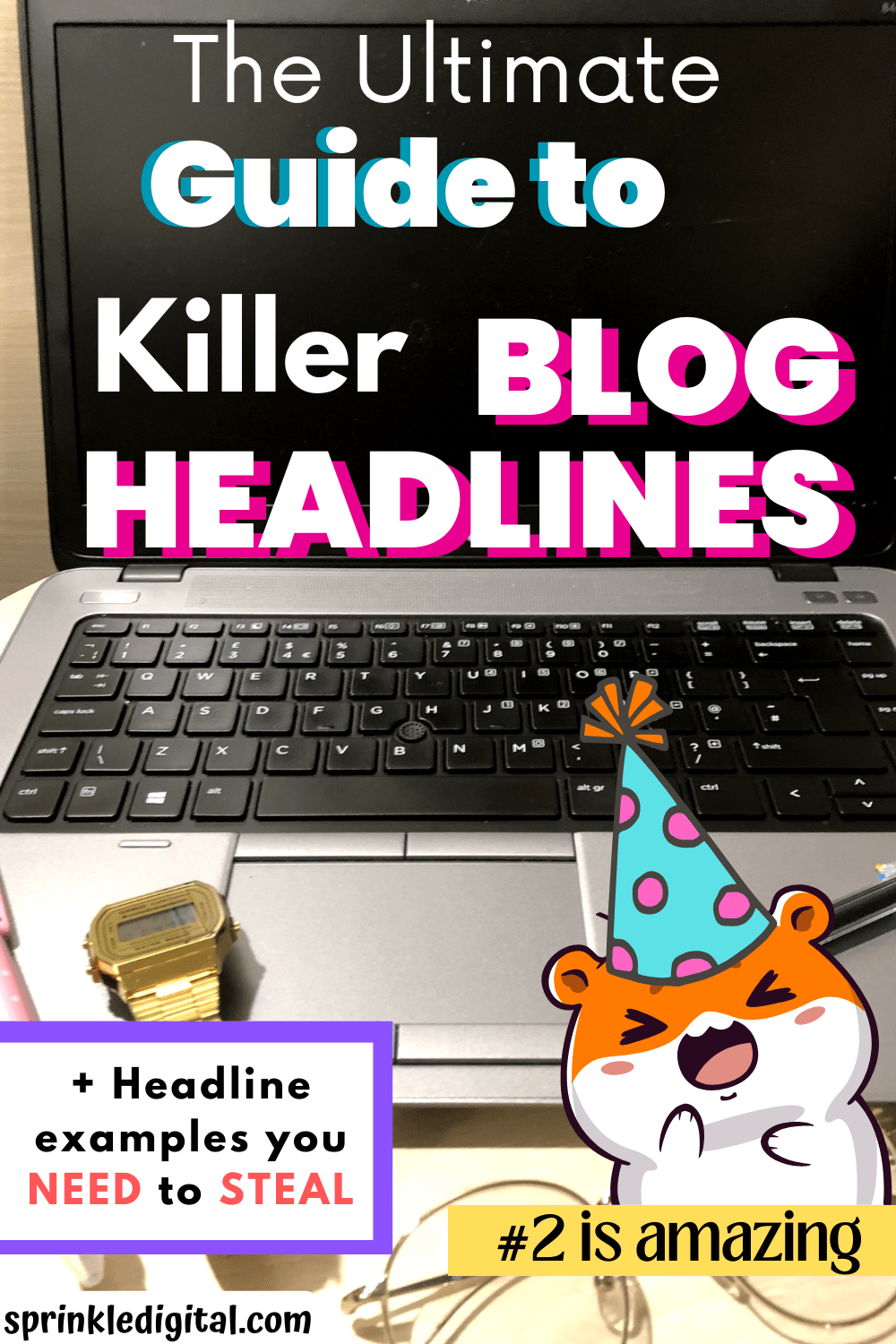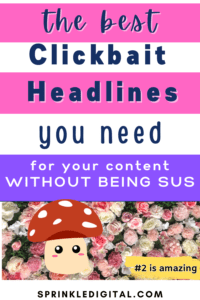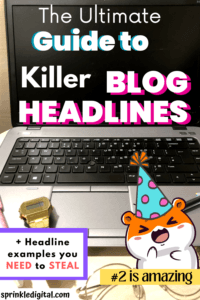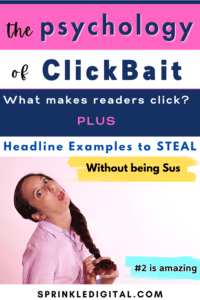So I get it, clickbait is this big frowned upon thing. I can’t stand those YouTube thumbnails with SHOCKING written next to a dude with his hands on his face mouth gaped wide open- borderline “Home Alone” vibes meet puffer fish and exaggerated headlines. Then when you click on it what you were “advertised” is not there. Using clickbait techniques, where people make promises but fail to deliver can really harm reputation. MAJOR sus- plus it leaves the viewers super disappointed. It’s likely they will ever return. The Good news is: when you use clickbait the RIGHT way (without posing as a puffer fish), it works WONDERS and really push your content to the top. In this post I’ll share the art of creating clickbait headlines and provide you with some of the best clickbait examples you can use.
Disclaimer: no puffer fish were harmed in the making of this article.
What is Clickbait?
Clickbait essentially is a method used to pique curiosity or stir excitement regarding the content of an article. It teases readers with intriguing promises, making them want to click and learn more. While some clickbait is harmless, others can cross ethical boundaries.
Why Clickbait Works
Clickbait works because it taps into fundamental human psychology. It exploits our curiosity, our desire for instant gratification, and our fear of missing out. When done right, clickbait can lead to increased clicks and engagement.
Understanding the Psychology of Clickbait
• The Intrigue Factor: Clickbait headlines often tap into our natural curiosity. They present a question or scenario that piques our interest, leaving us eager to find out more. The element of intrigue is a powerful psychological trigger that drives clicks.
• Fear of Missing Out (FOMO): Clickbait often plays on the fear of missing out (FOMO). Readers fear that by not clicking they might miss out on information or entertainment. This fear drives them to engage with the content.
• The Emotional Connection: Emotional headlines are more likely to grab attention. Clickbait headlines often evoke strong emotions like shock, awe, or laughter, making readers more inclined to click and read further.
•The Promise of Solutions: Clickbait often hints at solving a problem or providing a quick fix. Readers are drawn to headlines that promise solutions to their issues, making them more likely to engage.
Best Clickbait Examples for Headlines that Actually Work:
1. Question-Driven Clickbait:
– “Is This the Solution to All Your Problems?”
This particular clickbait headline is effective because it taps into people’s longing for a solutions and answer to their problem. It creates hope and curiosity by implying that it can offer solutions to their issues.
The use of the word “all” amplifies the promise, making it sound like a comprehensive solution. Additionally, the question format directly engages the reader, prompting them to click to find out if this could indeed be the ultimate solution they’ve been seeking. This type of headline plays on the human tendency to seek solutions and improvements, making it an effective clickbait strategy.
2. Controversial Clickbait:
– “Is [Popular Belief] a Total Lie? You Be the Judge!”
This headline is effective because it leverages controversy and intrigue. By questioning a widely held belief as a “total lie,” it immediately sparks curiosity and encourages readers to click to see if their beliefs align with or challenge the assertion.
The term “You Be the Judge!” empowers readers by inviting them to form an opinion on the matter. People don’t like being told what to do so by using “you be the judge” it’s giving the readers the impression that they hold the power to make that decision and that they “chose” to do this.
3. Fear of Missing Out (FOMO) Clickbait:
– “The [One Diet] You Should NEVER Try!”
This headline is effective because it plays on peoples anxieties, about making the wrong choices or missing out important information.
By capitalizing the word “NEVER ” it creates a sense of urgency that there is a serious mistake to be avoided.
This sparks curiosity and fear, compelling readers to click to find out what diet is being warned against. FOMO clickbait relies on the reader’s fear of missing out on essential information, and this headline successfully taps into that psychological trigger by making the reader anxious about making a potentially harmful dietary choice.
4. Curiosity-Driven Clickbait:
– “You won’t Believe”
For example: “[You Won’t Believe] What Happened When…”.
This headline is effective because it triggers curiosity and a desire to find out what happens next. It creates a sense of mystery and intrigue, compelling readers to click on the article or link to satisfy their curiosity. It’s also relatively specific in suggesting that something unexpected or unusual occurred, which can make it more enticing compared to some of the more vague options.
5. How-To Clickbait:
– “Discover the Secret Method to [Popular Skill] Experts Won’t Share!”
This headline is effective because it appeals to people’s desire for insider knowledge and expertise. By using the words “Secret Method” and suggesting that it’s something experts are keeping to themselves, it creates a sense of exclusivity and curiosity. This headline promises readers access to valuable information that others may not have, making them feel special or privileged.
6. Listicle Clickbait:
-“15 Weird Things You Didn’t Know About [French People]!”
The effectiveness of the headline lies in its ability to pique the reader’s interest and offer a promise of exclusive or lesser-known information about French people. It capitalizes on people’s curiosity about celebrities and the desire to discover new facts or insights about them.
The number “15” adds a specific listicle element, suggesting that readers will find a ton of information in a structured format, making it easy to digest.
Remember, while these clickbait styles can attract attention, it’s essential to deliver valuable and accurate content to your audience to maintain trust and credibility.
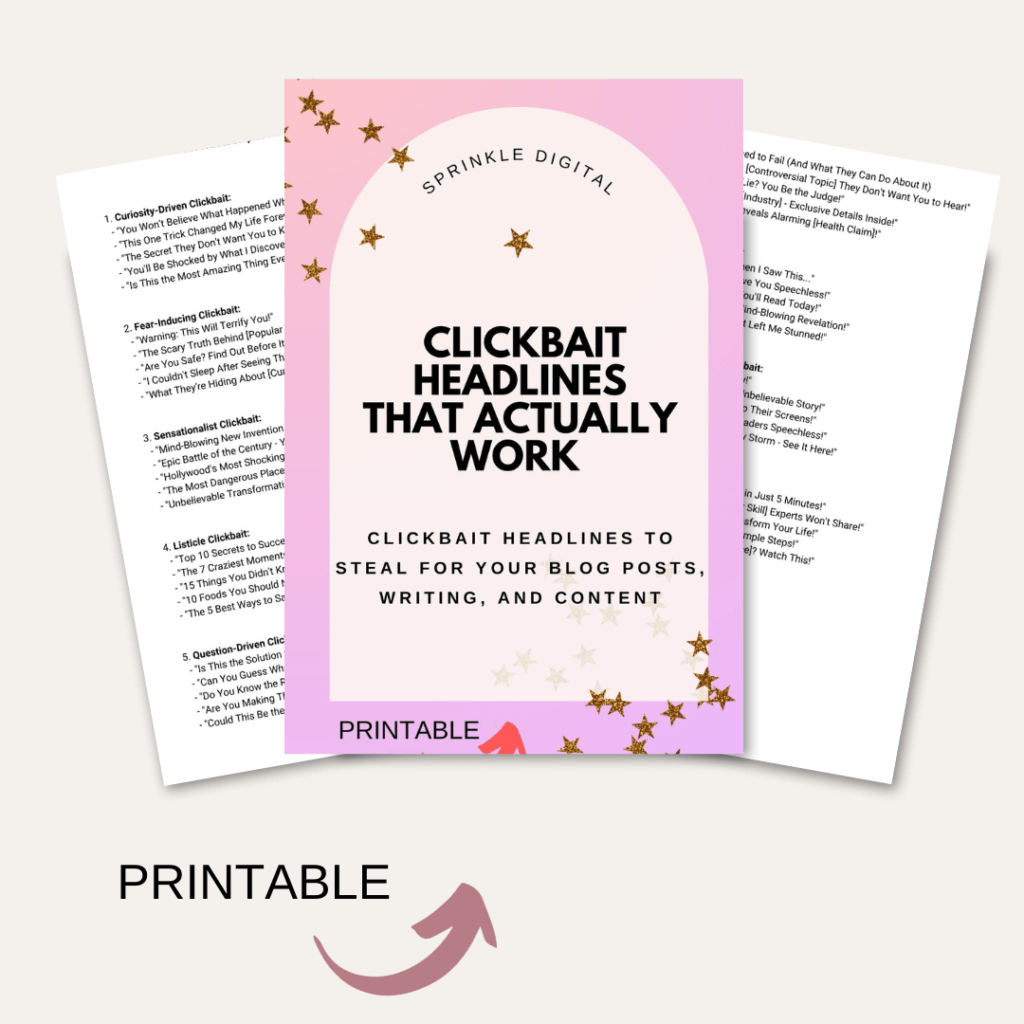
Grab These 45 Clickbait Headlines that Actually Work
• Drive traffic to your blog EASY with these headlines for your Blog Posts, Writing and Content.
The Do’s and Don’ts of Clickbait Headlines
Do:
• Craft headlines that pique curiosity
• Use power words that evoke emotions
• Remember Honesty is Key: Make sure your headline accurately represents the content. Misleading readers damages credibility and increases bounce rates.
• Engage, Don’t Deceive: Create headlines that engage readers without deception. Use questions or statements to generate curiosity while delivering valuable content.
• Provide a Value Proposition: Clearly convey the value readers will gain by clicking on your article. Promise and deliver on that value- whether it’s knowledge, entertainment, or solutions.
Don’t:
• Overhype: There’s nothing worse than overhyping and creating disappointment for the reader. Make your headline is luring but avoid exaggeration. Don’t mislead readers with false promises. Be realistic about what readers will find in your article.
• Oversell or underdeliver in your content
Balancing Clickbait and Trust
While clickbait can drive traffic, it’s essential to maintain trust with your audience. Striking the right balance between clickbait headlines and delivering valuable content is key.
When crafting attention grabbing titles it’s important to strike a balance, between excitement and honesty. To do this make sure your headline matches the content in your post. Avoid tricking and misleading people. The key is to make your content engaging and truthful so that readers can trust the information you provide and feel confident, about it. Remember you want people to come back to your content.
Takeaway
In a world filled with information overload, crafting compelling headlines is a skill every content creator should master.
Clickbait may get readers through the door, but your availability to deliver what you promise and content’s quality will determine if they stay. Learn how to create engaging articles that keep your audience hooked.
By understanding the psychology behind clickbait and studying the best examples, you can improve your headline-writing skills and engage your audience effectively.

Grab These 45 Clickbait Headlines that Actually Work
• Drive traffic to your blog EASY with these headlines for your Blog Posts, Writing and Content.
FAQ
1. What are some examples of clickbait?
Clickbait often relies on attention-grabbing language or enticing promises to attract clicks. For example headlines, like “You won’t believe what happened next!”. This one simple trick will change your life forever!” are commonly used.
2. Is clickbait always misleading?
Clickbait can be effective without resorting to deception. The key lies in crafting headlines that genuinely reflect the content while also sparking curiosity.
3 . What makes a good clickbait?
Good clickbait intrigues readers by delivering on its promises. It manages to grab attention concisely relates to the content and successfully piques curiosity without misleading or disappointing the audience.
4 . What is the famous social media term clickbait?
The term “clickbait” is widely recognized in the realm of media. It refers to content intentionally designed to attract clicks or engagement, by incorporating sensational elements.
Found this guide on the best clickbait examples helpful? Pin it now and read it again later
Save or Share!
